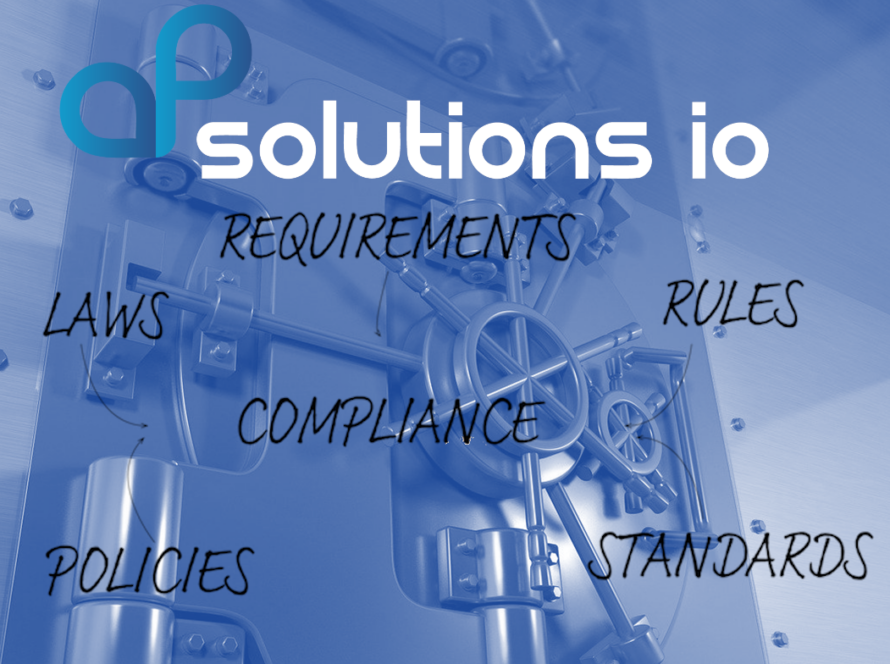CSR (Corporate Social Responsibility) plays a growing role in the life of organizations, integrating social, environmental and ethical concerns into their internal and external activities. While it reflects a proactive approach, CSR is also a legal obligation in which transparency has become a key requirement.
The European CSRD directive, which has been in force since January 2024, harmonizes the disclosure of ESG (environmental, social and governance) information by companies. It requires annual reporting in line with specific standards, putting sustainability on the same level of importance as the economy. Companies must track and share their ESG impacts using precise indicators. According to ISO 26000, CSR covers seven key areas: governance, human rights, working conditions, environment, fair practices, consumer relations and local development.
Transparency, data and ethics: when the objectives of CSR and AML-CFT converge
It would be a mistake to regard CSRD as a new regulatory obligation, and to develop a reactive approach, limiting oneself to the bare essentials required by legislation. To apply CSR provisions, and in particular to collect and process data, organizations are going to have to make significant investments, and indeed mobilize substantial resources. And the challenge is enormous! Companies subject to CSRD are required to identify the material impacts, risks and opportunities associated with their activities and their upstream and downstream value chain, including an assessment of the impacts on people and the environment, as well as "the probability of occurrence of financial consequences on the company's results, performance or positioning."
In addition to the objectives of reducing the ecological footprint of an organization's activities through more sustainable practices, CSR highlights three major issues: transparency, data management and business ethics.
AML-CFT and CSR: inseparable challenges
CSR and AML-CFT or the fight against money laundering and the financing of terrorism have obvious points of convergence and follow the same risk management logic: a strategy (business ethics, integrity...) is translated into objectives (transparency...) and operational actions (collecting and managing the right data...). In terms of their ecosystem, companies must also ensure that their partners and suppliers respect ethical standards (in the context of CSR) and are not involved in illicit activities (in the context of AML-CFT).
Aligning CSR and AML-CFT : a strategic necessity
It's hard to imagine that a company could promote its corporate social responsibility and environmental initiatives while neglecting the fight against money laundering and the financing of terrorism. All the more so as legislation in this area remains extremely complex to understand and apply. As a reminder, companies subject to the law must answer 300 questions and draw up around 50 indicators to report in detail on their AML-CFT activities to the numerous supervisory authorities (ACPR, AMF, AMLA, GAFI, FAFT, DGCCRF, DGT, Tracfin, AFA, ANJ...). CSR is also at the heart of anti-corruption discussions, notably with the Sapin 2 law, sharing common objectives of ethics, transparency and risk management. This law requires companies to put in place specific anti-corruption measures, in line with the ethical and governance principles of CSR.
Finance: a major role in bridging the gap between CSR and business AML-CFT
It is essential to reconcile compliance AML-CFT and CSR. Finance departments are convinced of this. According to PWC's study on the priorities of finance departments for 2024, 54% plan to include CSR elements in their performance reviews. The study stresses that extra-financial issues will require the same traceability, integrity and speed of reporting as conventional financial data (including that relating to AML-CFT). One CFO in two believes that regulatory compliance is the area most impacted by CSR (Sapin 2 law). Clearly, a company that controls its financial risks is improving its governance and credibility in its CSR initiatives.
CSR and AML-CFT, a common DNA: risk management
Aligning CSR and AML-CFT issues is therefore relevant, and offers several advantages. In other words, a company that prides itself on an innovative CSR approach will not be singled out for non-compliance at AML-CFT. Secondly, to reduce the risk of sanctions, especially as these are increasingly publicized in the media; but also to improve the organization's operational performance, guarantee the traceability of data and actions, and better manage risks and their impact.
But this priority needs to be put into practice in the field. The best way to do this is to equip yourself with technologies that guarantee compliance. Whether for CSR or AML-CFT, producing the right indicators that are exhaustive, reliable and traceable cannot be done manually. Thanks to the dynamism of Regtech, which combines technology and compliance in its solutions, aligning CSR and AML-CFT is no longer insurmountable!
AML-CFT : leverage for CSR
The imperatives of AML-CFT and the requirements of CSR (working conditions, human rights, environmental protection, fair practices...) correspond to the same useful functionalities in software solutions adapted to these two issues:
- guarantee traceability and completeness,
- assess risks,
- eliminate the risk of errors,
- optimize decision-making workflows,
- automate risk management processes,
- encourage vigilance over practices,
- detect/filter anomalies, manage data volumes...
Companies that have integrated the convergence of CSR and AML-CFT into their practices will be ahead of the game. Particularly if they are equipped with innovative solutions to meet their compliance, legal and financial risk management objectives.


